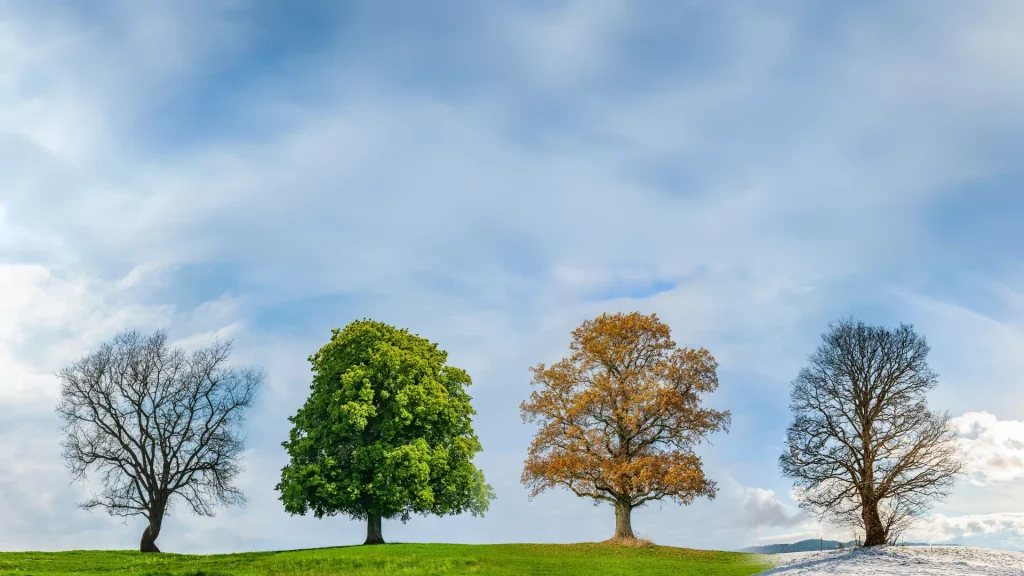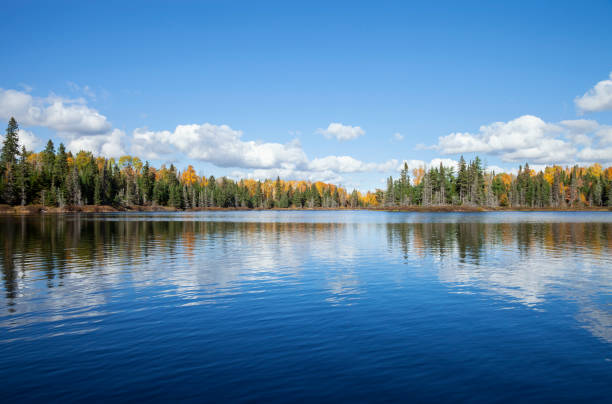



Oregon is a beautiful place to visit. The Beaver State showcases stunning landscapes from the Columbia Gorge to Crater Lake National Park. The state even has seven wonders, including the aforementioned scenic beauties.
Another of these seven wonders is the Painted Hills. Oregon is home to these naturally striped rock formations with fossils that date over 30 million years! Let’s learn more about this unique attraction in north-central Oregon!
Oregon’s Painted Hills are located within the John Day Fossil Beds National Monument, about ten miles northwest of Mitchell, OR. John Day Fossil Beds National Monument also has the Sheep Rock Unit, where the Thomas Condon Visitor Center is located, and the Clarno Unit, home to ancient volcanic mudflows.
John Day Fossil Beds National Monument is in north-central Oregon halfway between Portland and Boise, Idaho. The Painted Hills Unit can be reached from Highway 207, which runs north-south, or Highway 26, which runs east-west. Bend, Oregon is less than two hours southwest of this unit of the national monument.
Hot Tip: Before heading west to the Beaver State, be sure to check out if the National Parks in Oregon are Worth Visiting!
The John Day Fossil Beds National Monument preserves millions of years of plant and animal life and climate change. Visitors learn about the prehistoric past of Oregon through fossils that span over 40 million years. Oregon was once a lush, semi-tropical paradise, and the national monument showcases fruit and nut fossils of this era.
Visitors can also see the fossils of strange creatures like small 3-toed, leaf-eating horses and bear-like animals similar to modern pigs. Through the variety of fossil layers, scientists have learned more about the changing temperature and precipitation in this region.
There are also miles of hiking trails among the three individual units in the park. The five trails in the Painted Hill Unit are some of the best ways to explore this area. Most of them are under one mile in length, except the 1.6-mile Carroll Rim Trail.

The famous Painted Hills in Oregon showcase stripes of red, tan, orange, yellow, and black along rock formations and fossil beds. They look similar to the Painted Desert of Petrified Forest National Park.
This unique coloration is due to the minerals found in the rock layers. Aluminum, silicon, iron, magnesium, potassium, calcium, phosphorus, and others comprise most of the rock. The various mixtures create stunning stripes of color. Depending on the season and time of day, the light cascading down on the Painted Hills “changes” the color.
There are three units within John Day Fossil Beds National Monument. The Painted Hills Unit is south of the Clarno Unit and west of the Sheep Rock Unit. After leaving the Thomas Condon Visitor Center on Highway 19, turn onto Highway 26 towards Mitchell.
Passing through Mitchell about three miles and turn north on Burnt Ranch Road. Six miles later, turn left onto Bear Creek Road. The total drive time from the visitor center to the Painted Hills Unit is about an hour.
Start at the visitor center in the Sheep Rock Unit on Highway 19. Here you can watch the 20-minute park film and explore the fossil exhibits. The kids can also pick up a Junior Ranger packet.
It’s hard to visit the entirety of John Day Fossil Beds National Monument in one day because of how spread out the three units are. Most people choose one or two to explore. The drives between the units are beautiful but long, with few services.
So, pack snacks, use the restroom at the visitor center, and fill up with fuel before starting your journey through the national monument. Once you arrive at the Painted Hills in Oregon, the only restrooms are at the Painted Hills overlook trailhead.
Understand the weather conditions during the season you’re visiting. Summers can reach triple digits. The trails are often icy and muddy in winter and spring. Wear appropriate clothing and bring lots of water to stay safe.

You cannot walk on the Painted Hills. Oregon’s wonder will only remain if visitors protect it by adhering to the rules. But, as mentioned earlier, there are five trails. Each one has an individual parking lot, so if one is full when you arrive, drive to another one and come back later.
Once you enter the Painted Hills Unit, the road is gravel. So you’ll be traveling along a well-maintained gravel road to reach all of the trailheads.
The Painted Cove Trail, Leaf Hill Trail, and Red Scar Knoll Trail are all ¼-mile hikes. The Painted Hills Overlook Trail is a ½ mile hike, and the Carroll Rim Trail is 1.6 miles roundtrip. Most of these trails are level and offer amazing views of the Painted Hills. The Carroll Rim Trail climbs about 400 feet to a panoramic view.
We suggest visiting in late spring or early fall to enjoy fewer crowds and more comfortable temperatures. Even though it rains often during these seasons, the precipitation will create a color change among the fossil beds, which can be a pretty cool sight to see. During the spring, you’ll also see the desert come alive with wildflowers.

We loved our visit to the Painted Hills. Oregon has breathtaking scenery, and although John Day Fossil Beds National Monument probably isn’t the first thing that comes to mind when you picture Oregon’s landscape, it’s worth adding to your road trip itinerary.
Exploring the Painted Hills Unit won’t take more than a couple of hours. But it’s worth taking an afternoon to hike the trails and learn more about the prehistoric past of Oregon.
Have you ever visited the Painted Hills in Oregon?

